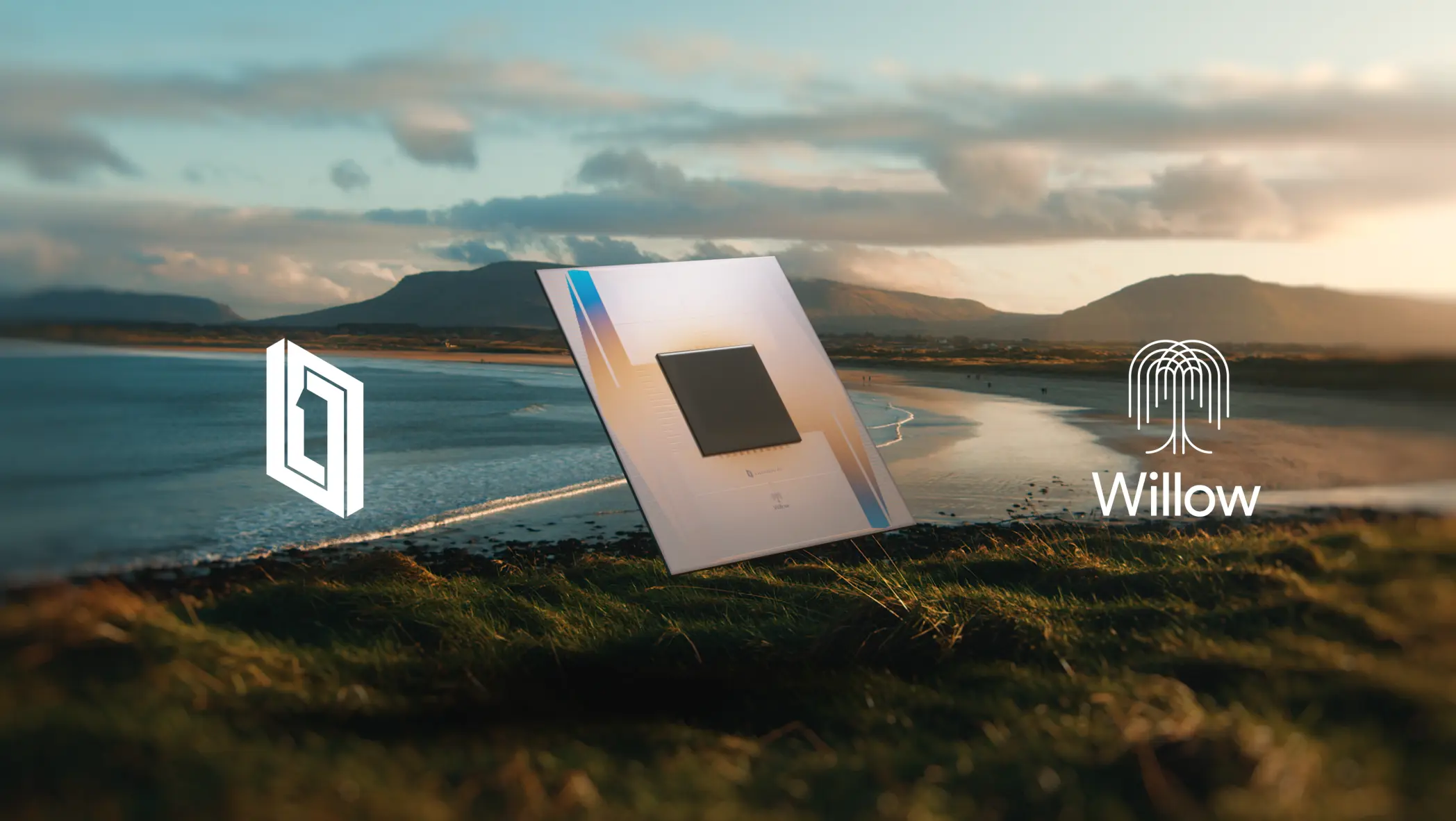Google’s Quantum Computing Breakthrough: Paving the Path to a Smarter Future
Google has once again made headlines with its groundbreaking advancements in quantum computing. The tech giant unveiled its latest quantum chip, named Willow, which solved a computational problem in just five minutes—a task that would take even the most advanced classical computer over a billion years. This milestone reinforces Google’s commitment to pushing the boundaries of quantum technology, with potential applications in artificial intelligence, medicine, and beyond.
Quantum computing, unlike traditional computing, relies on qubits. These qubits are incredibly fast but prone to errors caused by minute disturbances. However, Google’s innovative approach to error correction on the Willow chip marks a pivotal step toward practical quantum machines. By improving the reliability of qubits and correcting errors in real-time, Google’s Quantum AI team has reached a significant milestone: error rates decrease as qubit numbers increase.
A New Era of Quantum Chips
Willow, Google’s latest chip, features 105 qubits and represents years of research into quantum error-correction. Traditional computing relies on binary bits, but qubits in quantum systems can exist in multiple states simultaneously, enabling exponentially faster processing. Yet, qubits are highly sensitive, with errors caused by subatomic disturbances like cosmic rays.
To overcome this challenge, Google designed a system where the error rates drop as qubits scale up. This breakthrough, published in Nature, proves that quantum machines can surpass classical systems not only in speed but also in reliability. With such advancements, Google hopes to solve real-world problems in fields like battery development, drug discovery, and artificial intelligence.
AI’s Role in Quantum Computing
Artificial intelligence plays a crucial role in optimizing quantum systems. AI algorithms assist in analyzing massive datasets generated during quantum experiments, ensuring accurate calibration and error detection. Furthermore, AI-driven simulations help researchers predict outcomes and design better quantum architectures. By integrating AI into quantum computing workflows, Google accelerates its research cycles and refines the performance of its quantum chips.
A Dedicated Facility for Innovation
To fast-track these advancements, Google has established its own fabrication facility to produce Willow chips. Previously reliant on shared facilities, Google’s new setup enables faster prototyping and experimentation. Chips like Willow operate at temperatures near absolute zero, requiring cryostats for cooling. This infrastructure empowers researchers to test new ideas quickly, significantly boosting innovation cycles.
Rivalry and Collaboration in the Quantum Race
While competitors like IBM and Microsoft are developing chips with more qubits, Google’s focus remains on reliability rather than sheer numbers. In 2019, Google’s claim of quantum supremacy was contested by IBM. However, Google’s latest findings address earlier critiques and establish a clear advantage. Even under ideal conditions for classical systems, Google’s quantum chip outpaces them by a billion years in computation time.
The Future of Quantum Computing
Google’s achievements signify that we are closer to realizing quantum computing’s vast potential. As the technology matures, it promises transformative applications in diverse fields. Medicine could see accelerated drug discoveries, while industries like logistics and energy could achieve unprecedented optimization levels. Quantum computing, powered by AI, stands poised to revolutionize the way we solve complex problems.
FAQs:
- What is Google’s Willow chip, and why is it significant?
Willow is Google’s latest quantum chip with 105 qubits. It solved a computational problem in just five minutes that would take a classical computer over a billion years, thereby marking a major milestone in quantum computing. - How does quantum error-correction work on the Willow chip?
Google’s Quantum AI team developed a method to string together qubits, thereby reducing error rates as the number of qubits increases. This real-time error correction is indeed a key step toward practical quantum machines. - How does artificial intelligence contribute to quantum computing?
AI not only assists in analyzing data from quantum experiments but also helps in calibrating systems and predicting outcomes. These AI-driven processes significantly accelerate research and improve quantum chip designs. - What distinguishes Google’s quantum chip from its competitors?
While some rivals tend to focus on increasing qubit counts, Google prioritizes qubit reliability. The Willow chip’s advanced error-correction capabilities truly set it apart as a more practical quantum solution. - What are the potential applications of quantum computing?
Quantum computing could potentially revolutionize fields like drug discovery, battery chemistry, artificial intelligence, and optimization in logistics and energy. - Why is a dedicated fabrication facility important for Google?
Google’s dedicated facility not only accelerates chip production but also speeds up experimentation, thereby enabling faster research cycles and greater innovation in quantum technology. - When can we expect quantum computers to have commercial applications?
While significant progress is undoubtedly being made, widespread commercial applications of quantum computing are still a few years away, as researchers continue to refine the technology.Keep up with our newest articles by following us on https://in.linkedin.com/company/fxisai or visiting our website at https://fxis.ai/.

